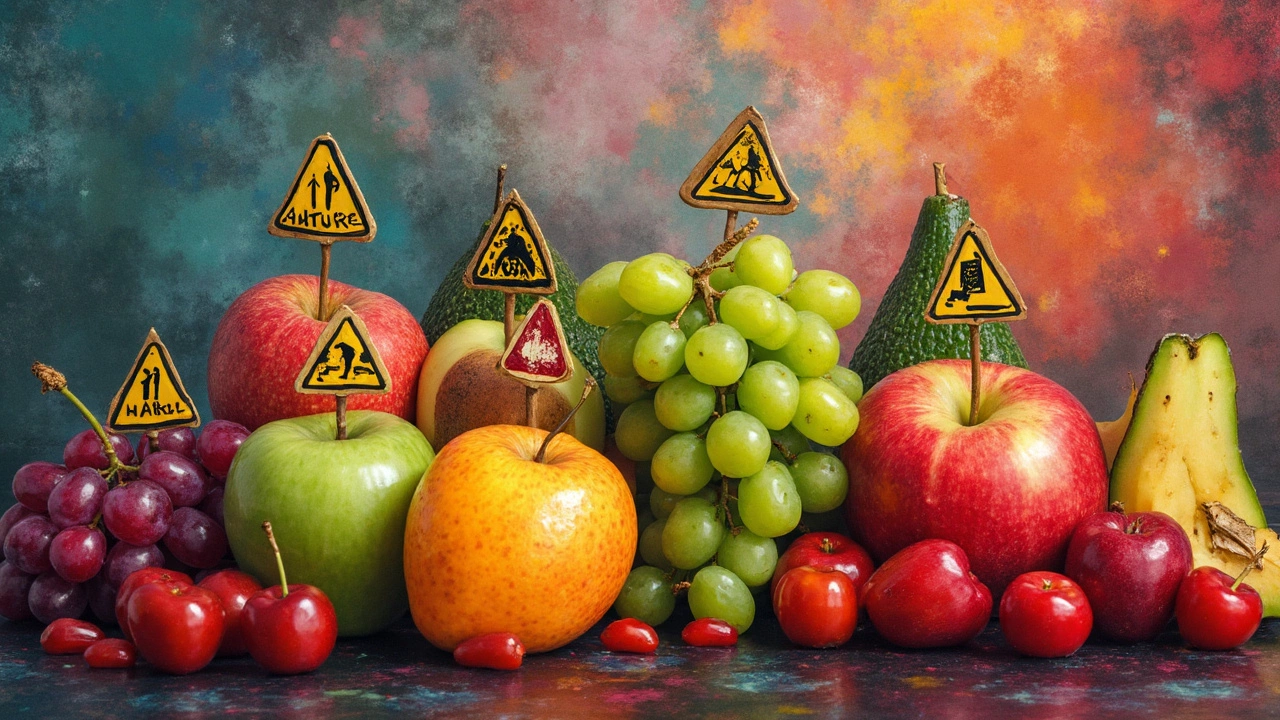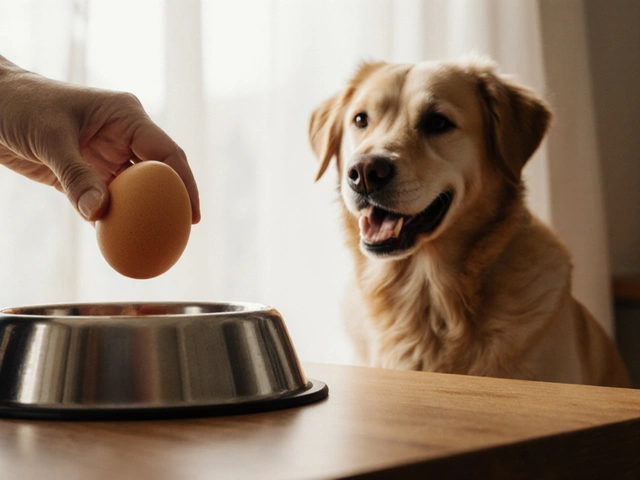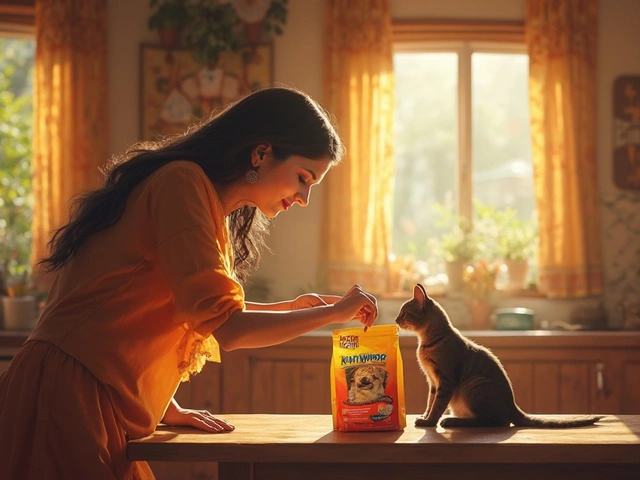Harmful Foods for Dogs – Keep Your Pup Safe
We love sharing treats with our dogs, but a lot of everyday foods are actually poison for them. Knowing the red‑flag items can save you from a scary vet visit and keep your furry friend feeling great.
Top Foods That Can Poison Your Dog
Chocolate – The darker it is, the more theobromine it contains. Even a small piece can cause vomiting, rapid heartbeat, or seizures.
Grapes and raisins – Tiny amounts can lead to kidney failure. It’s a mystery why they’re toxic, so just keep them out of reach.
Onions, garlic, leeks, and chives – All belong to the allium family. They damage red blood cells, causing anemia. Raw, cooked, or powdered forms are all risky.
Xylitol – This sugar substitute hides in sugar‑free gum, candy, and some peanut butters. It can trigger a rapid insulin surge, leading to dangerously low blood sugar and liver damage.
Avocado – The pit and skin contain persin, which can cause stomach upset and breathing trouble in some dogs.
Macadamia nuts – Just a few can make a dog shaky, weak, and hyperthermic. The exact toxin isn’t known, but the reaction is real.
Alcohol and caffeine – Both stimulate the nervous system. Even a sip of beer or a bite of coffee bean can cause tremors, rapid breathing, or coma.
Cooked bones – They splinter easily, hurting the throat, stomach, or intestines. Raw, meaty bones are safer, but always supervise.
High‑fat foods – Bacon, fried scraps, and large meat cuts can trigger pancreatitis, which is painful and may need hospitalization.
What to Do If Your Dog Eats Something Bad
First, stay calm. Panic only makes the situation harder. If you know exactly what was eaten, call your vet or an emergency pet poison line right away. Don’t induce vomiting unless a professional tells you to—it can cause more damage with certain foods like sharp bones.
While you’re on the phone, have these details ready: your dog’s size, weight, age, the ingredient, and how much you think they ate. Most clinics will give you clear steps, which might include monitoring at home, giving activated charcoal, or bringing the dog in for IV fluids.
If you can’t reach a vet quickly, watch for these warning signs: excessive drooling, vomiting, diarrhea, tremors, lethargy, or trouble breathing. Any sudden change deserves a vet’s attention.
Prevention is easier than treatment. Store all human foods in sealed containers, keep countertops clear, and educate everyone in the house about the danger list. Teach your dog the “leave it” command—it’s a lifesaver when a stray treat appears.
When you want to give a treat, stick to dog‑approved snacks like carrots, pumpkin, or plain boiled chicken. These are low‑calorie, nutritious, and won’t trigger a health crisis.
Remember, a happy, wagging tail comes from a diet that’s safe and balanced. By knowing which foods to ban from the kitchen and acting fast if something slips through, you’ll keep your pup thriving for years to come.

What Fruits Can't Dogs Eat? Avoiding These Can Save a Trip to the Vet!
Many fruits are safe for humans but can be dangerous for dogs. This article focuses on fruits that dogs shouldn't eat, sharing key insights and practical tips. From the dangers of grapes to the risks associated with avocados, understanding these facts can help keep your dog healthy. Discover which common fruits to avoid and how to ensure your dog enjoys safe and nutritious snacks.
read more



